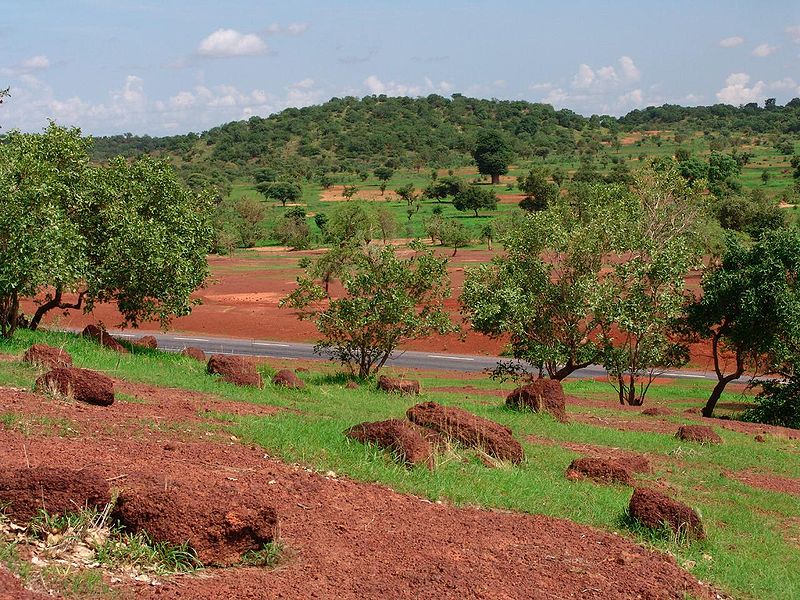ok, so I'm reading and reading and trying to figure this out.
At first I read pyramiding was due to lack of a proper diet and lighting.
Then I read it has something to do with humidity
Why does having Sulcata's in a humid environment help prevent pyramiding
when this breed of tortoise originates from arid countries?
At first I read pyramiding was due to lack of a proper diet and lighting.
Then I read it has something to do with humidity
Why does having Sulcata's in a humid environment help prevent pyramiding
when this breed of tortoise originates from arid countries?
